Can you WS Shrubs, i.e., Beauty Bush?
LindaMA
13 years ago
Related Stories
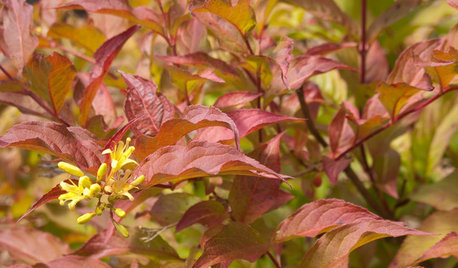
GARDENING GUIDESGreat Design Plant: Northern Bush Honeysuckle, a Bronze Beauty
It helps control erosion and takes sun or shade. The butterflies love it. But the best part of this shrub may be the vivid foliage
Full Story
GARDENING GUIDES8 Native Shrubs for Year-Round Bird Feeding
It’s not just about berries. These plants provide insects for birds and seasonal interest for gardeners
Full Story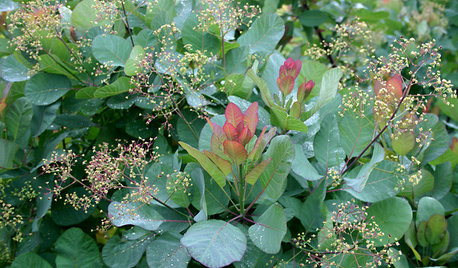
LANDSCAPE DESIGNGreat Design Plant: Old Fashioned Smoke Bush
Balance garden color with this shrub's cool blue-green foliage, luminous when backlit and sporting yellow-green flowers in spring
Full Story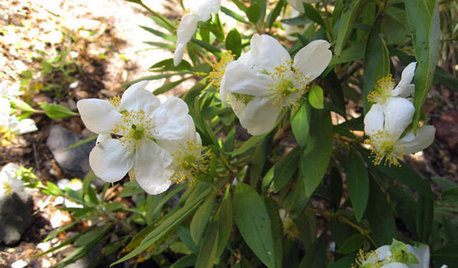
FLOWERSGreat Design Plant: Bush Anemone
Breathe in this shrub's sweet perfume while you're admiring its petite white flowers and the butterflies it brings
Full Story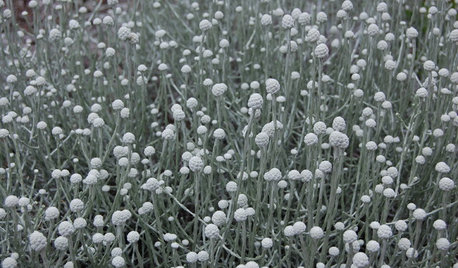
BLUE AND GRAY FOLIAGEGreat Design Plant: Cushion Bush
Fuzzy and otherworldly, this white mounding shrub lights up gardens through all four seasons
Full Story
GARDENING GUIDES8 Deer-Resistant Elegant Evergreen Shrubs to Plant This Fall
Who knew that such beautiful shrubs could be deer-resistant?
Full Story
FALL GARDENING9 Deer-Resistant Flowering Shrubs to Plant This Fall
These exquisite shrubs will attract your attention but won’t tempt the deer that roam your neighborhood at night
Full Story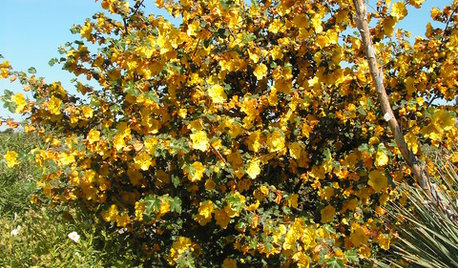
GARDENING GUIDESGreat Native Plant: California Flannel Bush
Forget watering once this bush is established. But the yellow burst in spring and summer, you'll remember
Full Story
GARDENING GUIDES10 Cold- and Heat-Tolerant Perennials and Shrubs for the Arid West
These flowering native plants shrug off the cold of winter and heat of summer while adding beauty to the drought-tolerant landscape
Full Story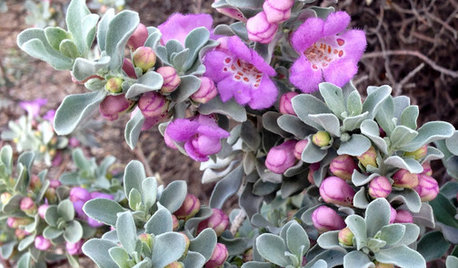
GARDENING GUIDES10 Essential Native Shrubs for Southwestern Gardens
Look no further than these Southwestern beauties for a colorful, low-maintenance landscape
Full Story





LindaMAOriginal Author
morz8 - Washington Coast
Related Professionals
Edmond Landscape Architects & Landscape Designers · Ferndale Landscape Architects & Landscape Designers · Marco Island Landscape Architects & Landscape Designers · Maple Valley Landscape Contractors · Blue Springs Landscape Contractors · Doctor Phillips Landscape Contractors · Edwardsville Landscape Contractors · Fair Oaks Landscape Contractors · Fort Hunt Landscape Contractors · Mission Viejo Landscape Contractors · National City Landscape Contractors · The Woodlands Landscape Contractors · View Park-Windsor Hills Landscape Contractors · Irvington Landscape Contractors · Lauderdale Lakes Landscape Contractorsgardenweed_z6a
LindaMAOriginal Author
tiffy_z5_6_can
kqcrna
gardenweed_z6a
terrene
tiffy_z5_6_can
countrycarolyn
countrycarolyn
gardenweed_z6a
morz8 - Washington Coast
gardenweed_z6a
morz8 - Washington Coast
gardenweed_z6a
LindaMAOriginal Author
tiffy_z5_6_can
Edie
PVick
countrycarolyn
flora_uk
countrycarolyn
flora_uk
countrycarolyn
kqcrna
countrycarolyn
countrycarolyn
flora_uk
countrycarolyn
kqcrna
countrycarolyn
LindaMAOriginal Author